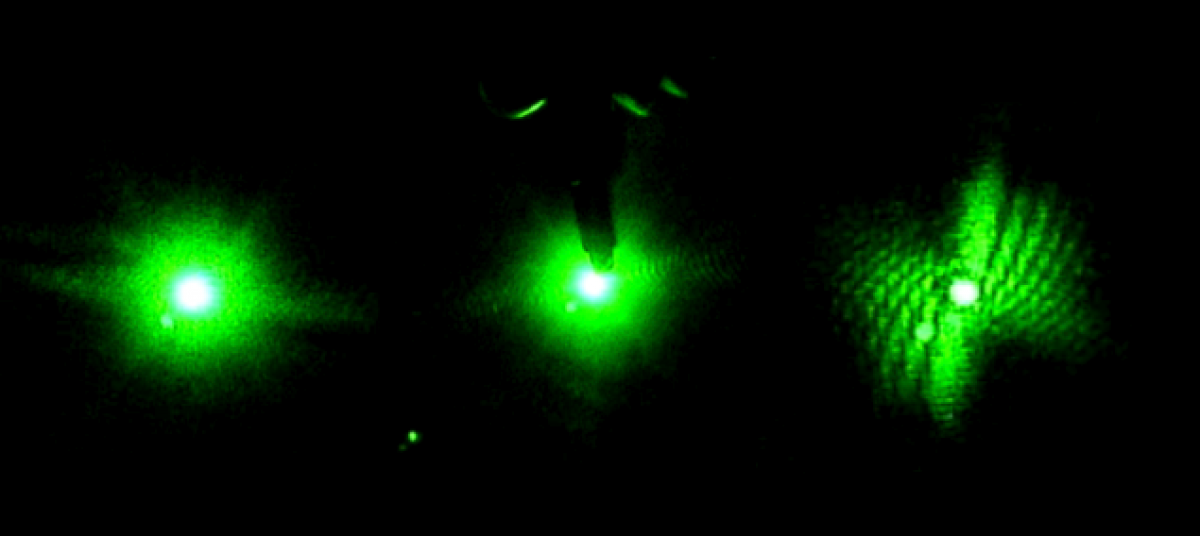Chitin and chitosan have a large number of commercial applications due to unusual and often unstudied properties of both compounds. Both are found in many commonly used products as well as products being tested for consumer use. They will probably come to be found in more products soon due to the eco-friendliness of the chitin structure. Not only is it biodegradable and renewable, it is also digestible and safe for human and animal ingestion. It is estimated that 100 billion tons of chitin is produced biologically and degraded every year.
In medicine, chitin and chitosan have been shown to improve the immune systems in plants and animals and preventing bacterial and viral infections. In rabbits with chitosan feed additives, the production of helpful intestinal bacteria increased and prevented microbial infections. It is also proven that chitin increases cell reproduction in animal and human wounds, decreasing healing time. It is now an active ingredient in many bandages and topical wound creams.
Chitin and chitosan have also been shown to moisturize human skin, prevent visible aging and protect hair from mechanical damage. Eco-friendly cosmetic products and textiles feature chitin and its derivatives as active ingredients.
Chitosan also reacts with certain chemicals in food and water. In polluted water, chitosan will react with polyanionic polymers and metal ions to precipitate polyelectrolyte and chelate complexes. It also absorbs radioisotopes. This allows for the clarification of drinking water and the recovery of proteins and metal ions from industrial waste water. A layer of chitosan also prevents the release of carbon dioxide and ethyelene from fruits and vegetables, helping them stay fresh longer.
By using the unusual properties of the chitin molecule, it is possible to develop innovative ways to improve and produce commercial products with the exoskeleton of a crustacean, something that would ordinarily be considered waste.
Skip to content
VAOL:Vassar Applied Optics Laboratory
WormRunner Project
